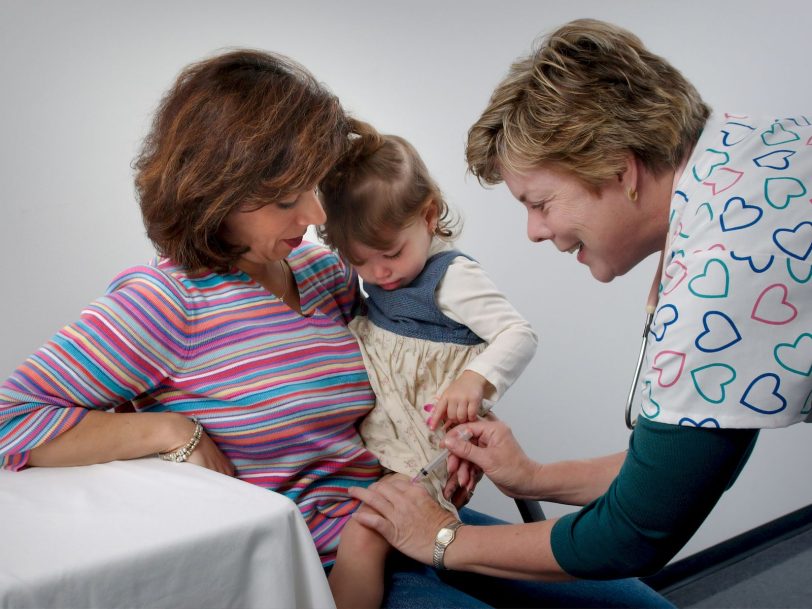What is bronchiolitis?

Although it is a common disease in children under 4 years of age, bronchiolitis is causing alarm among many parents. We explain what this respiratory disease is, the most frequent symptoms and what its treatment is.
Bronchiolitis is not a new disease, which has many parents and medical professionals frankly concerned. It sounds similar to bronchitis to us, but we don’t really know what it is. If they are not called the same, they must be different things. And so it is.
It is a disease that has always been with us, which comes to collapse the pediatric services of children who arrive with a cough, runny nose and, suddenly, sounds in the chest. And that already scares us a lot. We tell you what it is, what treatment it has and whether or not it is a recurring disease. But if you are thinking about how to prevent it, we anticipate that it is complicated, since its cause is a very common virus in the environment.
What is bronchiolitis?
Bronchiolitis is a disease of the respiratory tract. It occurs when very small airways lodged in the lungs, the bronchioles, become inflamed, swollen, and filled with mucus when contracting a viral infection. It affects, above all, children under 2 years of age and begins with an episode of respiratory distress with wheezing (what we call wheezing in the chest). Generally, previously, there has also been a catarrhal picture, with runny nose and cough.
It affects a third of the child population and is the most frequent reason for admission to pediatrics. Therefore, it is neither new nor unknown to doctors. Although, for many grandfathers and grandmothers it is ‘new’, since the first time it was spoken of as such was in 1940.
Symptoms and causes of bronchiolitis
Bronchiolitis usually affects children between the ages of 3 and 6 months. They are the population most at risk, although up to 2 years of age it may appear. It is a common, sometimes serious illness that occurs because babies are exposed to the virus that causes it during their first year of life and because their airways are smaller than those of an adult and become more easily blocked.
Children affected by bronchiolitis may have few symptoms or be severely affected. The most common are the following:
- Cough and runny nose, the classic symptoms of a cold, which is how it starts.
- Difficulty breathing, with wheezing and shortness of breath.
- Fever.
- General malaise and fatigue.
- Possible lack of appetite.
- We can observe, that the muscles around the ribs collapse when the child tries to inhale and that the nostrils they widen a lot when breathing.
- Or, as he also points out, very rapid and agitated breathing, which is called tachypnea.
Can bronchiolitis be prevented?
Prevention of bronchiolitis is very complicated. The virus that causes it comes into direct contact with secretions from the baby’s nose and throat, so the only thing adults can do (if we are the cause) is wash our hands very well. Before touching the baby or their toys and all the objects they use. The same as to prevent all kinds of viruses.
In addition to avoiding contact with people with respiratory symptoms or always cleaning the upper respiratory tract to clear them, helping us, for example, with saline solution. We cannot predict which children are going to have significant respiratory distress and which are not.
How long does it take to heal bronchiolitis?
Bronchiolitis usually lasts 10-15 days. Severe cases, yes, may continue to cough and wheeze several weeks later. In addition, the virus that causes it does not leave eternal immunity, so our son can pass it several times during childhood, in the form of bronchiolitis or as a simple cold.